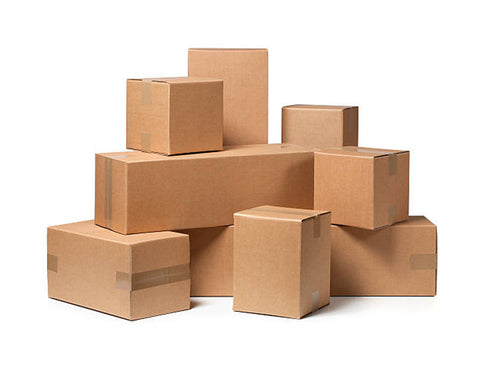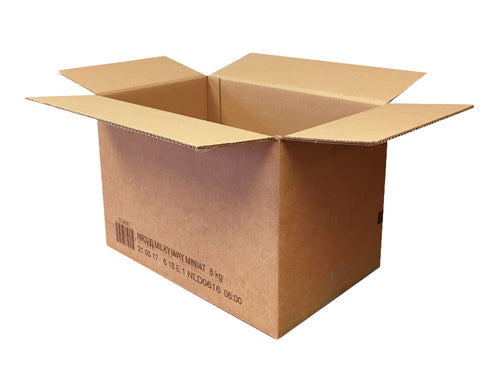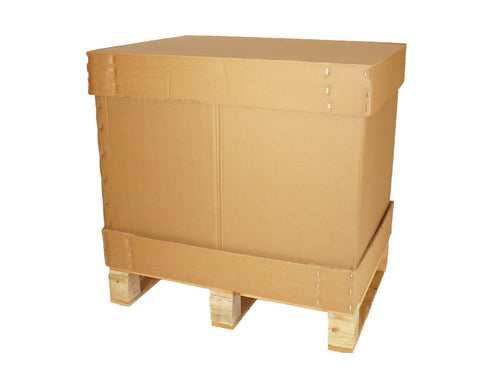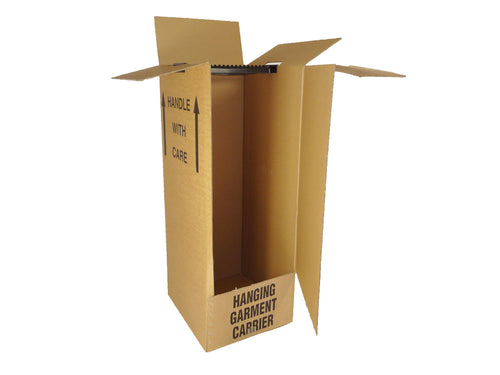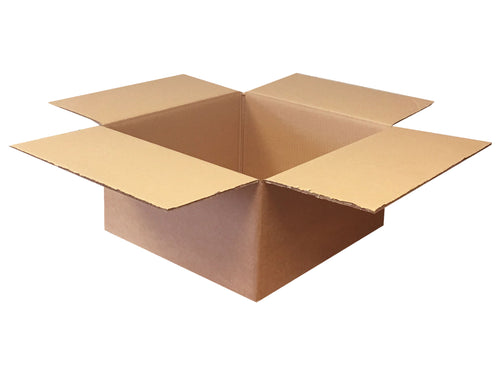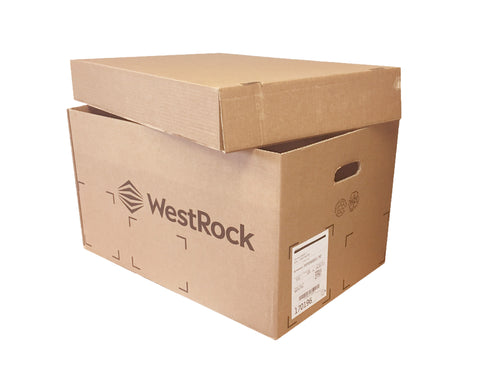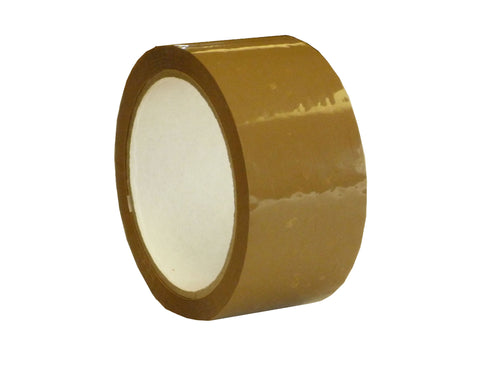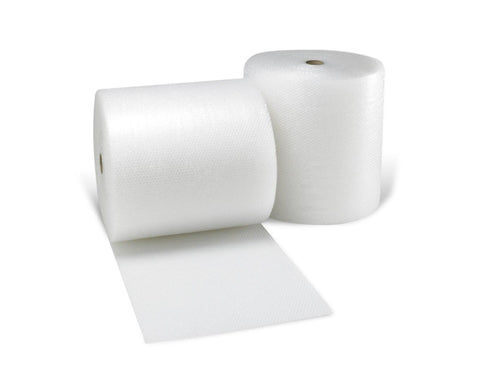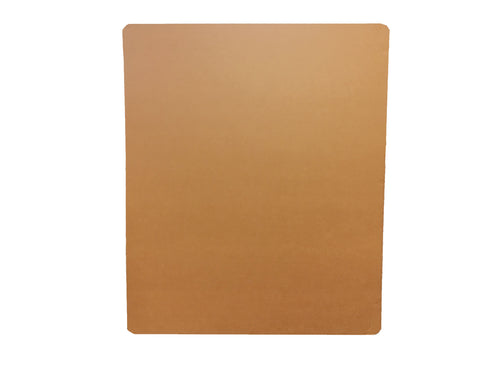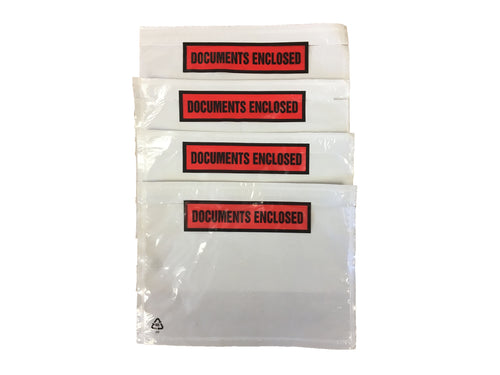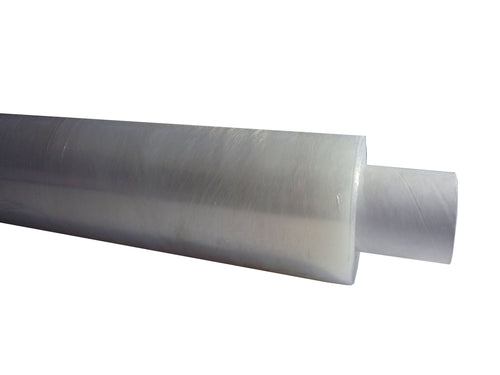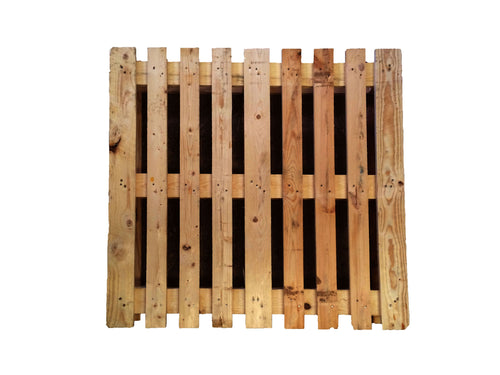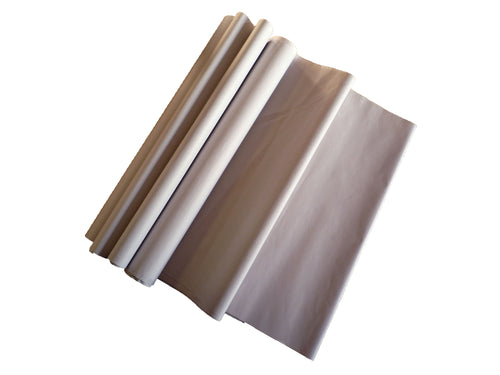Cat-Approved Cardboard: Exploring the Feline Fascination With Boxes
| Edited:
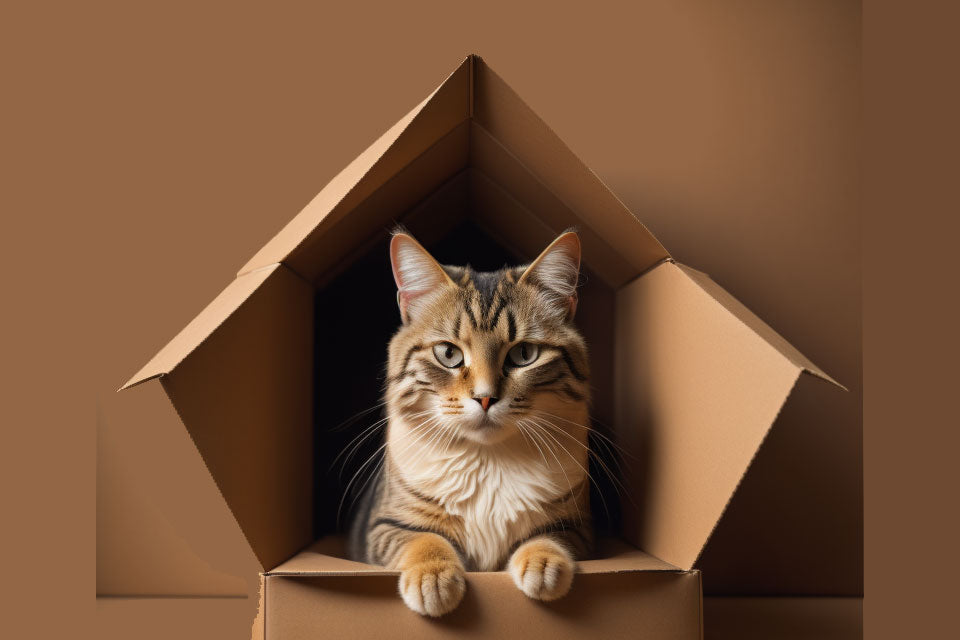
The motto of our feline friends is often ‘if I fit I sit’, and if you’re a cat owner, you likely know the feeling of purchasing a fancy new toy for your pet, only for them to be more interested in the empty cardboard box it came in. Cats, with their mysterious and independent nature, have an uncanny ability to transform these simple containers into magical fortresses, cosy hideaways, and thrilling playgrounds.
The amount of money pet parents are spending on their feline companions is on the rise. The Office for National Statistics reports that UK spending on pet products surpassed an astounding £4.7 billion in 2022, more than double the amount spent ten years ago (£2.3 billion).
Despite the cost of living soaring, we are a nation of animal-lovers, meaning 71% of owners are actually willing to spend more on their pets than on themselves, purchasing an estimated £500 worth of ‘luxury’ items annually, such as special toys and treats. Reinforcing Brits’ devotion to their pets, a recent Pets at Home report revealed that 60% of owners would rather eat out less and/or buy less treats for themselves to ensure their pets keep the same quality of life while facing financial pressures, whilst 42% would be willing to go on fewer holidays.
But luckily, there is one thing that doesn’t cost a penny which cats universally agree makes the best gift; a simple cardboard box. What is the phenomenon behind the box, do cats have a favourite, and how can we make this sustainable choice a little more exciting?
Why Do Cats Love Cardboard?
It’s obvious that cats love cardboard - but have you ever wondered why? Let's delve into insights from the experts to uncover the enchanting allure of a cardboard box.
We spoke to Clare Kempster RVN, Practice Development Manager at Vets4Pets who told us that, “Most cats love boxes, mainly because they like confined small spaces. As we know cats are predators, so love to hide and wait for their prey. Boxes also help them to feel secure and safe.”
Exploring that further, according to Mark D. Freeman, DVM, a clinical assistant professor at the VA-MD College of Veterinary Medicine, says that the prevailing explanation centers around the sense of security cardboard provides for our feline friends. “Cats are, by nature, cryptic animals, meaning they prefer to have a safe hiding spot from which they can observe the world around them. Cats are both hunter and prey, so having a secure space from which they can monitor threats from predators as well as monitor prey is ideal.”
It seems cardboard boxes have a real benefit in making cats feel safe. Researchers from Applied Animal Behaviour found that they also reduce stress levels, not only because of their size and confinement, but because of the scent which was actually found to have soothing properties. Best Friends Animal Society even recommends cardboard boxes to help new cat parents settle anxious rescues, saying, “Many cats are fearful when introduced to their new home; being moved from a small enclosure in a shelter to an apartment or house is a big change. A cardboard box with holes cut in both sides (so they can go in and out each side) and a blanket placed in the bottom makes a good hiding place.”
Another reason why cats love cardboard boxes is for its insulating properties - cats love being warm, which is also why they are known lap hoggers! Your Cat Magazine explains that “a cat’s normal body temperature can range from 38-39°C, which means they are most comfortable in settings between 30-36°C. However, the average temperature of a human’s household is 22°C, and therefore a cat might seek out a cardboard box as it is a great insulator.”
Lauren Sadler, Head of Sustainability and Communications at Sadlers explains, “A double wall box provides better insulation than a regular single wall box, as well as a sturdier structure due to the extra layer of corrugation”.
The final point of interest for our felines is the texture, according to Purina: “Cardboard is the perfect texture for your cat to bite and scratch, making them great fun to play with. Many owners find that cats love boxes purely to bite and chew, and soon shred them to bits. To your cat, a plain old box makes a really interesting and fun toy that can keep them entertained for days on end.”
What the Experts Say
But what do the real experts think? We called in the professionals to find out what makes the ideal cardboard box. As we know, cats are not shy about expressing their preferences, and when it comes to cardboard, they've got a lot to say. From assessing hiding potential to claw-ability, our feline critics leave no cardboard unturned in their quest for the purr-fect experience.

Say hello to our panel of pros. We sent out a memo to the feline world, searching high and low for only the most discerning felines to make up our review team. These four-legged critics, with their keen sense of curiosity and unabashed opinions, were chosen for their judging skills and impeccable ability to put cardboard boxes to the ultimate test.
The Rankings
We gave the cat consultants four types of cardboard boxes to deliberate over; a shoe box, a delivery box, a pizza box, and a removal box. After much discussion, in the form of meows, our panel decided that there were six factors that constitute the perfect cardboard container:
- Cosiness: How snuggly and warm the box feels.
- Claw-sharpening Capacity: The cardboard's ability to maintain their claws in purr-fect shape.
- Hiding Potential: How well the box allows for stealthy missions.
- Pop-out Factor: How exciting it is to pop out unexpectedly from the box.
- Bounciness: How enjoyable it is to jump on top and see the box wobble.
- Chewability: The cardboard's durability for a satisfying gnawing experience.
Last Place: The Shoe Box
A cosy choice, it comfortably fits a small to medium-sized cat, but our chonkier consultants felt a tad cramped. While it's not the best hiding spot, our cats felt it still offered a decent amount of privacy for a quick cat nap or surprise pounce on unsuspecting humans. Alas, the box did not offer any bounce at all and the panel sought a springier surface for their wild jumping antics.
Third Place: The Pizza Box
This box was fun to sit on, but not cosy enough for nappage. While our panel enjoyed sniffing the cheesy remnants, this meant the container was for outside use only, and wasn’t durable for a long-term hideaway. The textured surface of the box however was paw-some for scratching and keeping those claws in top-notch shape, with several return trips made by our experts. The cats concur this would make for a better scratching pad than nap spot.
Second Place: The Removal Box
Wow! The panel couldn’t believe how spacious this box was, perfect for stretching out during catnaps or curling up in comfort. However, the team soon realised this meant they might have to share with one or two more feline friends, which some of our grumpier members of the team weren’t too happy about! The removal box excelled in providing ample hiding potential, making it an ideal spot for playing hide-and-seek or taking quiet retreats. The box flaps didn’t pop out as easily as some other boxes, but they still provided a bit of excitement for playful surprises.
The Winner: The Delivery Box
Without a doubt the classic delivery box came out on top as the overwhelming winner and best all-rounder. Giving the ultimate cosiness, the delivery box provided our panel with the best naps and just the right amount of personal space. We had a few jump scares in this box and gave our best surprised faces, meaning its hiding potential and pop-out factor was cat-certified. The consultants returned several times to these boxes to give them a scratch and a chew, which led us to an unexpected owner-approval, as the furniture got a day off!
With so many delivery boxes coming through our doors each day, we also wanted to compare used cardboard boxes against brand new ones. The conclusion? Our cats didn’t care or notice whether the box had been used before, understanding that used boxes can be just as good as new, and better for the environment!

The Forgotten R
Known as the 3 Rs of recycling, reduce, reuse and recycle is a simplified version of the waste hierarchy which indicates an order of preference for dealing with waste. Often overlooked, the second ‘R’, reuse, is an essential component of sustainable waste management and should always be considered before recycling. While recycling is crucial in diverting materials from landfills and conserving resources, it is not a perfect solution as the process itself consumes energy and not all materials can be effectively recycled.
This is why projects such as cat forts are the perfect opportunity to give reuse a go at home, and have some fun whilst you’re doing it. Adding longevity to the lifespan of your cardboard box, reusing them gives them an additional use and purpose before they are ultimately recycled and the process begins again!
Companies like Sadlers whole business is focused on reuse - we prevent cardboard boxes from being recycled before they've been used again, pushing waste up the waste hierarchy and enabling companies to buy second hand packaging while it is still in an excellent, reusable condition.
Lauren Sadler comments, “Cardboard is a fantastic material because it can be reused numerous times before being recycled or composted. It can be reused for its original purpose, such as using a second-hand cardboard box as packaging, or it can be repurposed. If you have cardboard at home and want to keep your cats entertained, you can transform this versatile material into a fort or den for your cat. The more creative it is, the more it will keep you entertained too!”
Cardboard Creations
So we’ve established that cardboard forts are a sustainable choice, loved by cats, and what may seem like ordinary packaging to us becomes a captivating realm of exploration and amusement for them. But us humans need some fun too, so we took advantage of a little AI magic to concoct some cardboard creations that live up to the imagination of our pets. From castles and thrones fit for His Meowjesty, to space ships designed for only the most professional cosmicats, check out the gallery below:

|

|

|

|

|

|

|

|

|

|
We may have had a little help from AI, but these creations are worth putting to the test at home. Grab any leftover delivery/shoe/removal boxes you have lying around, or start saving them up, to get crafting the ultimate hideaway for your feline friend.
What Will Your Cat Think?
Ready to put your learnings into practice? Taking inspiration from our AI ideations, we’ve put together a step-by-step guide to help you start reusing and put together your own majestic fortress. We’ve gone for a castle-creation, but if your cat’s more of an astronaut or race car driver, feel free to stray from direction.
Materials You'll Need
- Old cardboard boxes of various sizes (make sure they are clean and free from any hazardous materials)
- A utility knife or box cutter
- Cat-safe adhesive tape or hot glue gun
- Ruler or measuring tape
- Cat-friendly decorations (such as catnip, soft blankets, and toys)
Step 1: Plan and Design
Decide on the size and layout of your cardboard castle. Draw a rough sketch or create a mental image of how you want it to look. More experienced designers can consider adding multiple levels, towers, and windows for a more elaborate design.
Step 2: Gather and Prepare the Boxes
Collect or save up cardboard boxes of different sizes and shapes. It’s okay if your boxes are a little misshapen or funky looking, your cats won’t mind and it’s always better to reuse. Remove any packing tape or staples, and clean the boxes thoroughly. Measure and cut openings for doors and windows using a utility knife or box cutter.
Step 3: Assemble the Castle
Start by stacking and arranging the boxes to form the main structure of the castle. Use cat-safe adhesive tape or a hot glue gun to secure the boxes together. Be careful not to use toxic glues or materials that could harm your cat.
Step 4: Add Decorative Touches
Let your creativity shine! You could add faux brick or stone patterns with non-toxic paint to create a realistic look, or provide cosy spots inside the castle by lining the floors with soft blankets or cushions.
Step 5: Create Turrets and Towers
Use additional boxes to create turrets and towers for your castle. Cut them into cone shapes or cylindrical towers and attach them securely to the main structure. These will make fantastic lookout points and hideaways for your cat.
Step 6: Time to Catify
Make the castle more cat-friendly by incorporating catnip or cat toys inside. You could also add extra layers for scratching surfaces on the exterior to extend longevity if your cat decides to use their new home as a scratching post!
Step 7: Personalise and Enjoy
Once the castle is complete, personalise it with your cat's name or some fun decorations. Introduce your cat to their new castle and watch them explore their new royal domain. Don't forget to capture those adorable moments with photos or videos, and be sure to tag Sadlers in any Insta-pics at Sadlers_cardboardboxes.
Remember, the key to a successful cardboard castle is safety, sustainability and creativity. Just be sure that all materials are cat-friendly and non-toxic, and supervise your cat during playtime in their new cardboard kingdom. Enjoy the process and have fun creating a magical haven fit for a feline monarch!
A Shared Love of Cardboard, In Numbers
So now you know a bit more about why cats love cardboard, which boxes they love the most and have even had a bit of inspiration for making box creations of your own. But it’s not just cats that are keen - rounding off this highly scientific report, here are a few facts and figures around the love of box forts and castles we share with our feline friends.
- Every month, over 2,000 people search online for information on building and making cardboard box forts, and over 4,000 search for information on building and making cardboard castles
- Among the searches, it’s more common for people to seek box fort instructions for cats, and box castle instructions for kids
- The world’s biggest cardboard box fort was built with 12,301 boxes, covered 33,984 square feet and was 27.5feet high at its tallest point
- TikTok’s boxfort hashtag has over 24.1million views as of July 2023, while ‘box castle for kids’ has racked up 14.8million views so far
However you’re choosing to reuse or recycle your cardboard boxes, the most important thing is to remember that these and other types of everyday packaging are so much more than single-use items. Whether boxes become forts, castles, or simply get reused time and time again in their usual box form, the more use we get out of items we already have, the more we can reduce our collective impact on the planet.

